How to better understand your cat and their emotions
Do cats have feelings? It’s a common question for those wanting to share their life with a cat. Rest assured, cats do show affection. Read on to learn the essentials of cat behaviour as well as how to care for your new kitten or cat.
Article
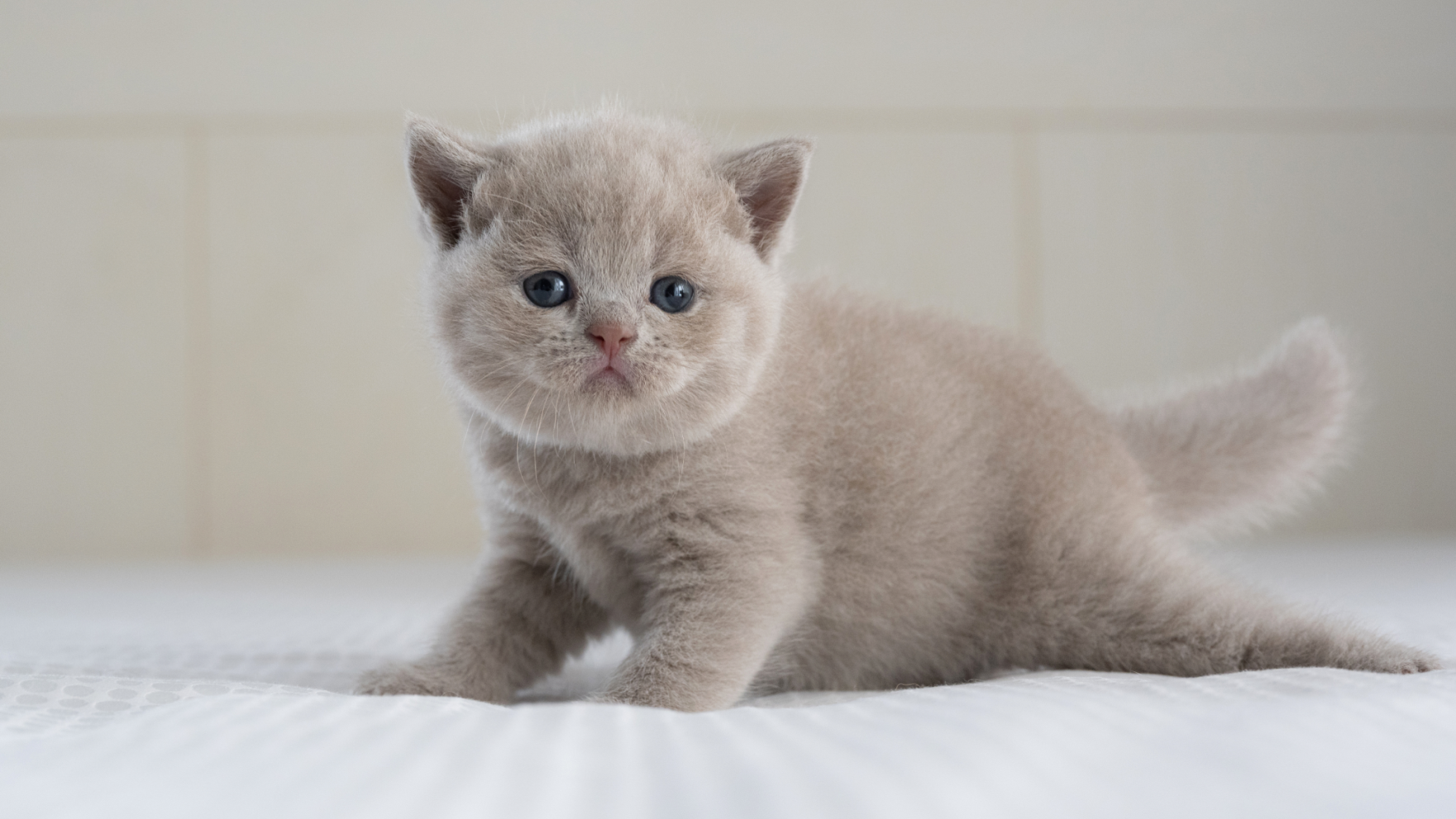
How do cats show affection?
Are you thinking of getting a cat, but worry that they will lack empathy or be an unaffectionate companion? While they may be more complex to read than dogs, it’s simply a matter of understanding cat behaviour to understand how your cat is feeling and how they express their affection.
Studies show that cats have a positive impact on our mental health, with gestures such as stroking their fur helping to soothe and comfort both them and us. In fact, cats can be just as effective a therapy animal as their canine counterparts.
While some may find felines aloof, cat lovers around the world will understand the comfort that their presence can bring. But how do they feel about you?
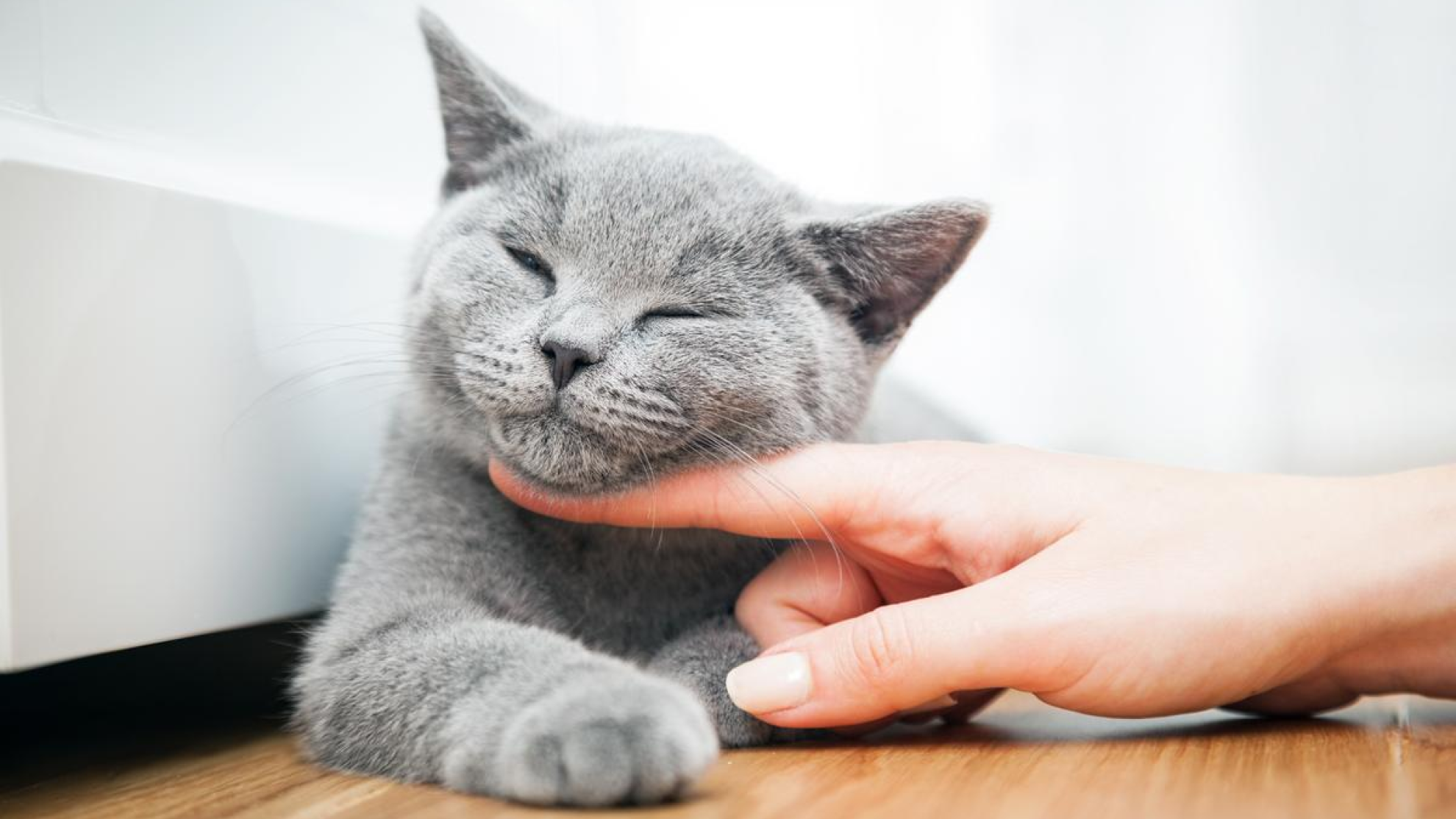
Common signs of affection shown by cats
Compared to dogs, cats tend to be more subtle in how they show their love for you. A recent study by Dutch researchers showed that cats demonstrate the same six emotions to their pet owners as dogs. These are: anger, disgust, fear, joy, sadness, and surprise.
A 2015 study by Oakland University also illustrated how cats tune into their owner’s emotions and respond accordingly. A smiling human elicited responses such as purring and rubbing from the cats who took part in the experiment.
Your cat’s love language
Whether you’re thinking of getting a feline companion or already living with one, understanding how their behaviour expresses their emotions is vital. Here are some behavioural patterns that strongly suggest your cat is devoted to you.
However, it is important to know that if a cat is wagging their tail while lying down, and generally acting differently, they can be communicating that they’re in pain. If they are showing a loss of appetite or being withdrawn, take them to your vet for a health check-up.
Why cats are often misunderstood
Their solitary nature has contributed to the myth that cats are resistant to forming bonds with humans. In fact, the data shows that in several countries, dogs are the preferred companion over cats. But making a direct comparison of cats with dogs is futile, as they’re two completely different animals.
One look at their ancestors and it starts to make sense. Unlike dogs, who descend from wolves and therefore have a stronger pack-like mentality, wild cats predominantly lived alone. If you have ever had the pleasure of living with a cat, you will understand that their occasional aloofness contributes to their overall charm.
Certain signs, such as a cat hissing or growling, are not because they are inherently aggressive; they are simply communicating.
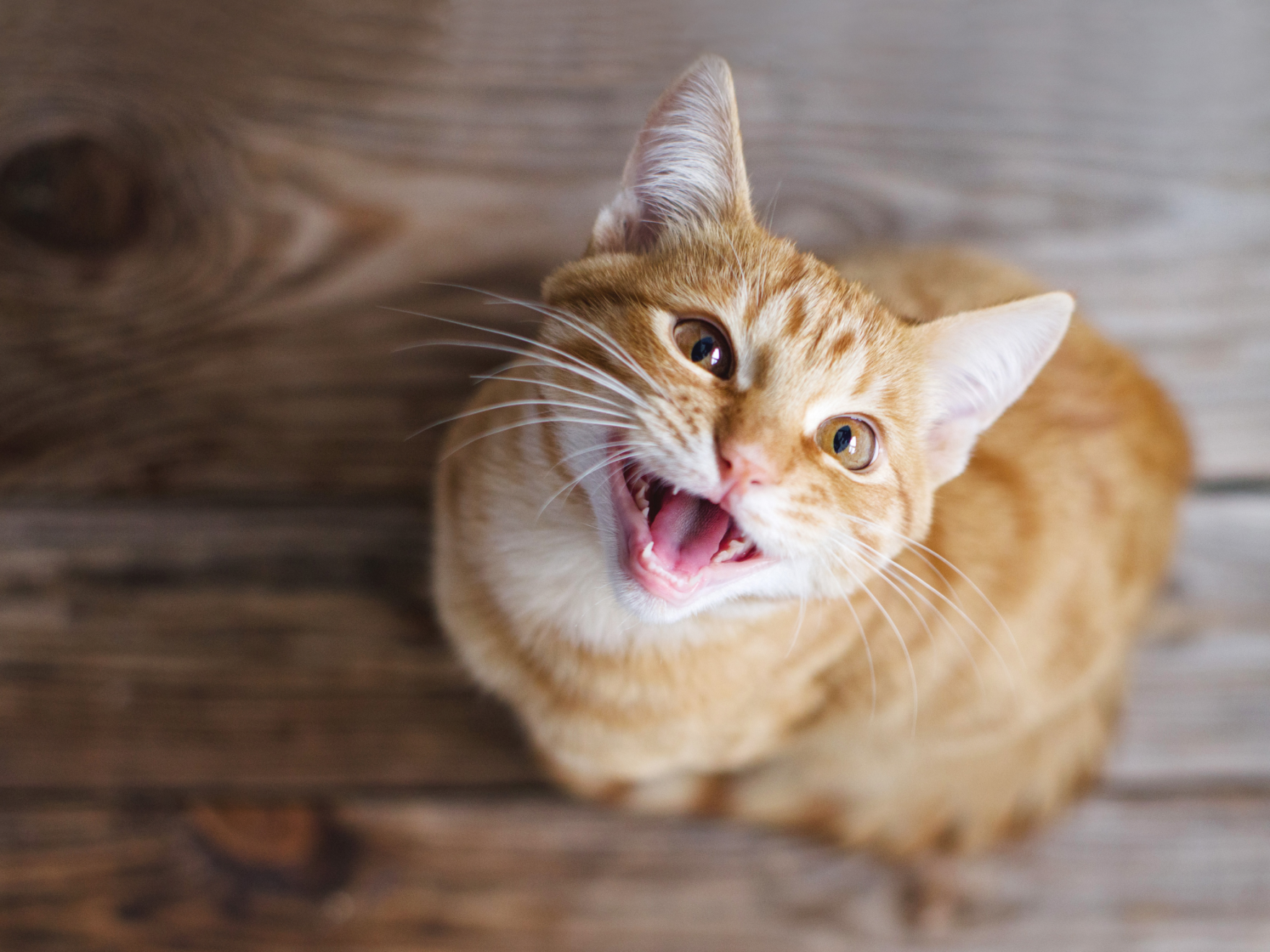
Five reasons a cat might hiss
- They are over-excited
- They are frightened or threatened
- They are caught off-guard
- They are stressed
- They are in pain
Cats tend to be great communicators, so hissing is one way they communicate that they are uncomfortable with a situation or something is off.
How to form a bond with your cat
Learning how to bond with your kitten or cat will require some time and patience—but the payoff is more than worth it.
Before trying to establish a bond with your feline, let’s quickly run through what you shouldn’t do:
- Don’t be too enthusiastic. It may make your cat want to take some distance from you.
- Don’t over-pet. Too much unwanted attention could actually contribute to a stressful environment for your cat.
- Don’t force them to be affectionate. If your kitten or cat is in the same room as you, this is a positive sign that they trust you. They do not need to be sitting next to you or on you.
How do you know if your cat loves you?
Only your cat knows for sure, but here are some helpful pointers for things you can do to form an emotional connection with your cat or kitten.
Always follow your cat’s lead and go at their pace. Little by little, and with consistency, you will earn their trust and confidence. We can’t promise you a lap cat but you will recognise the signs that show your cat or kitten is totally attached to you.
Related Articles
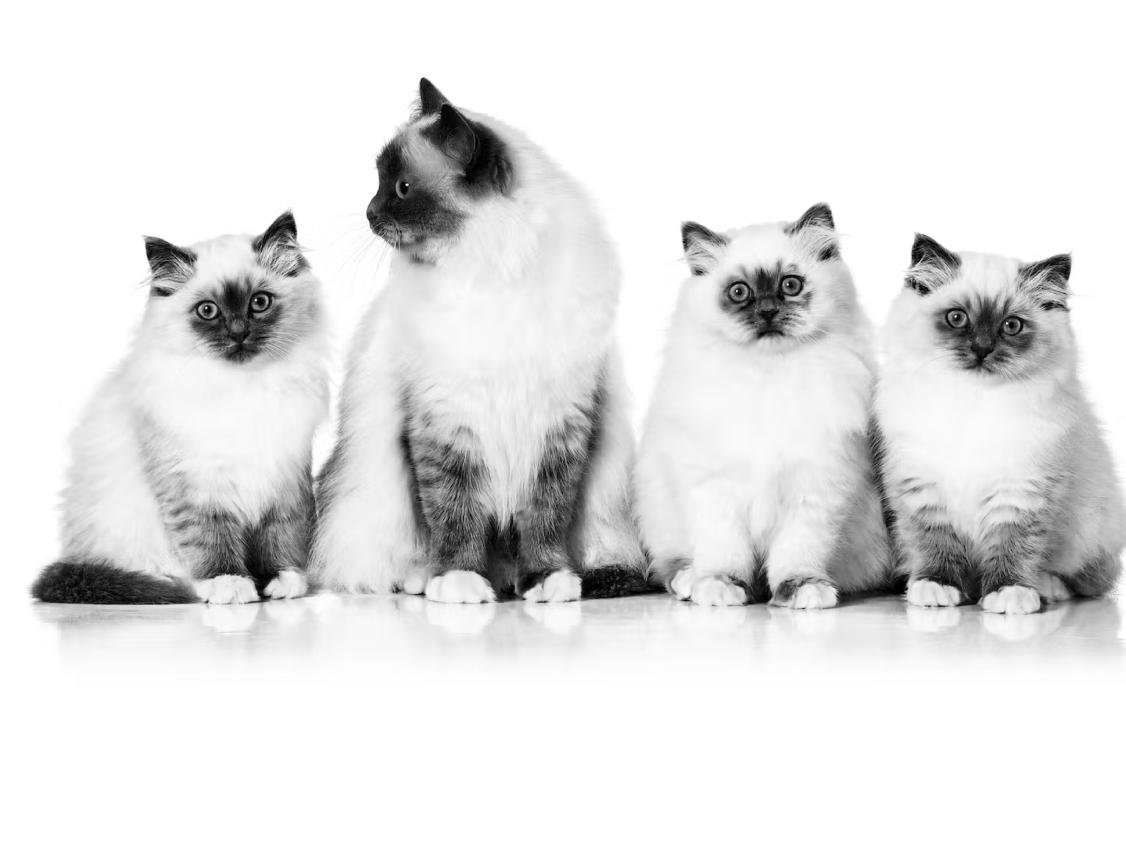
Kitten development from birth to adulthood
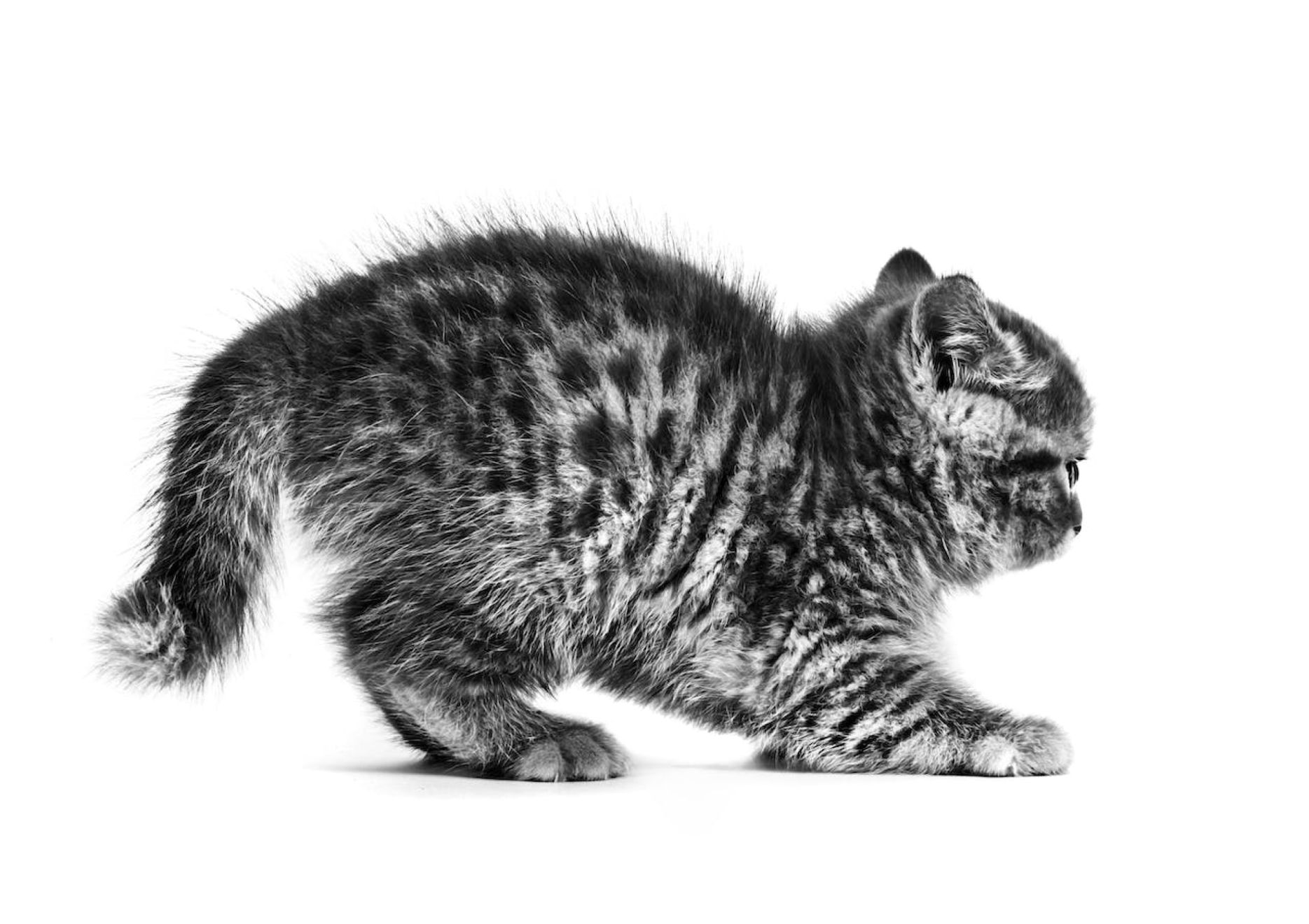
Understanding your kitten's behaviour
Like & share this page